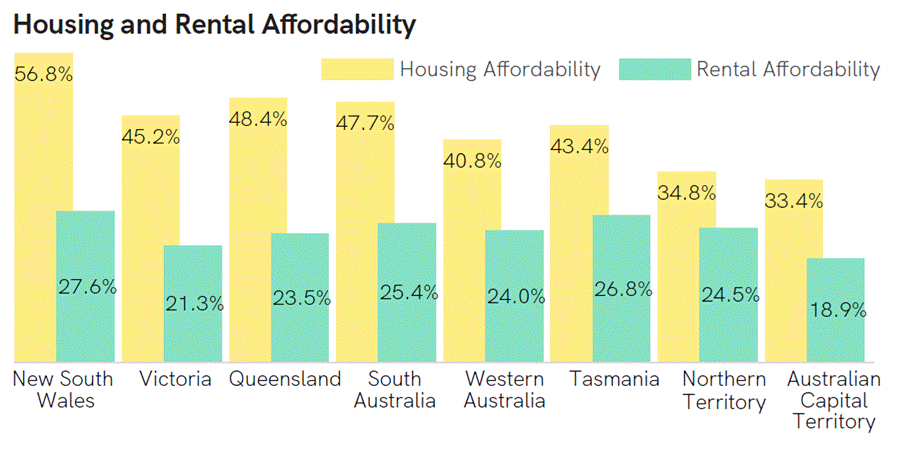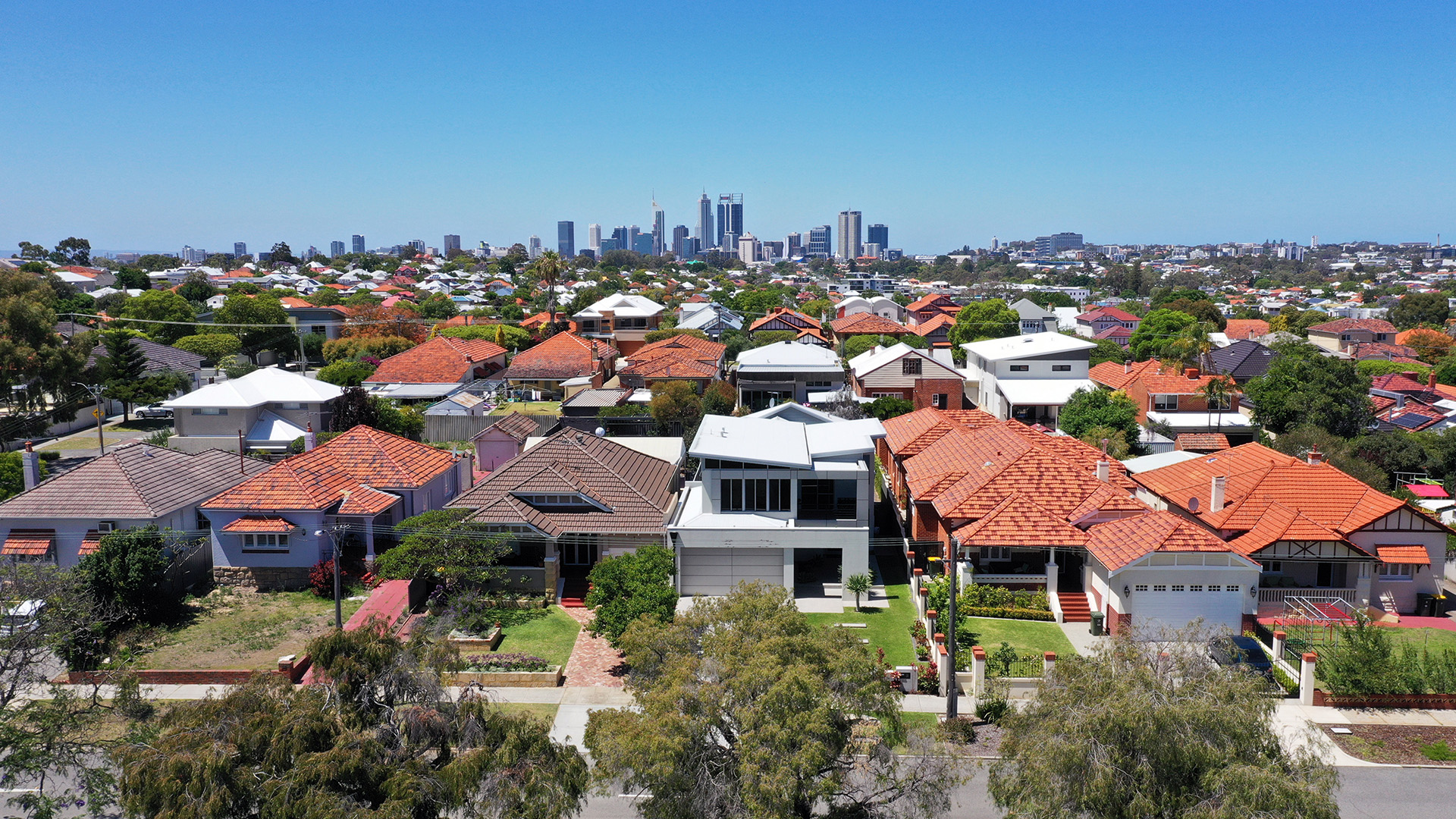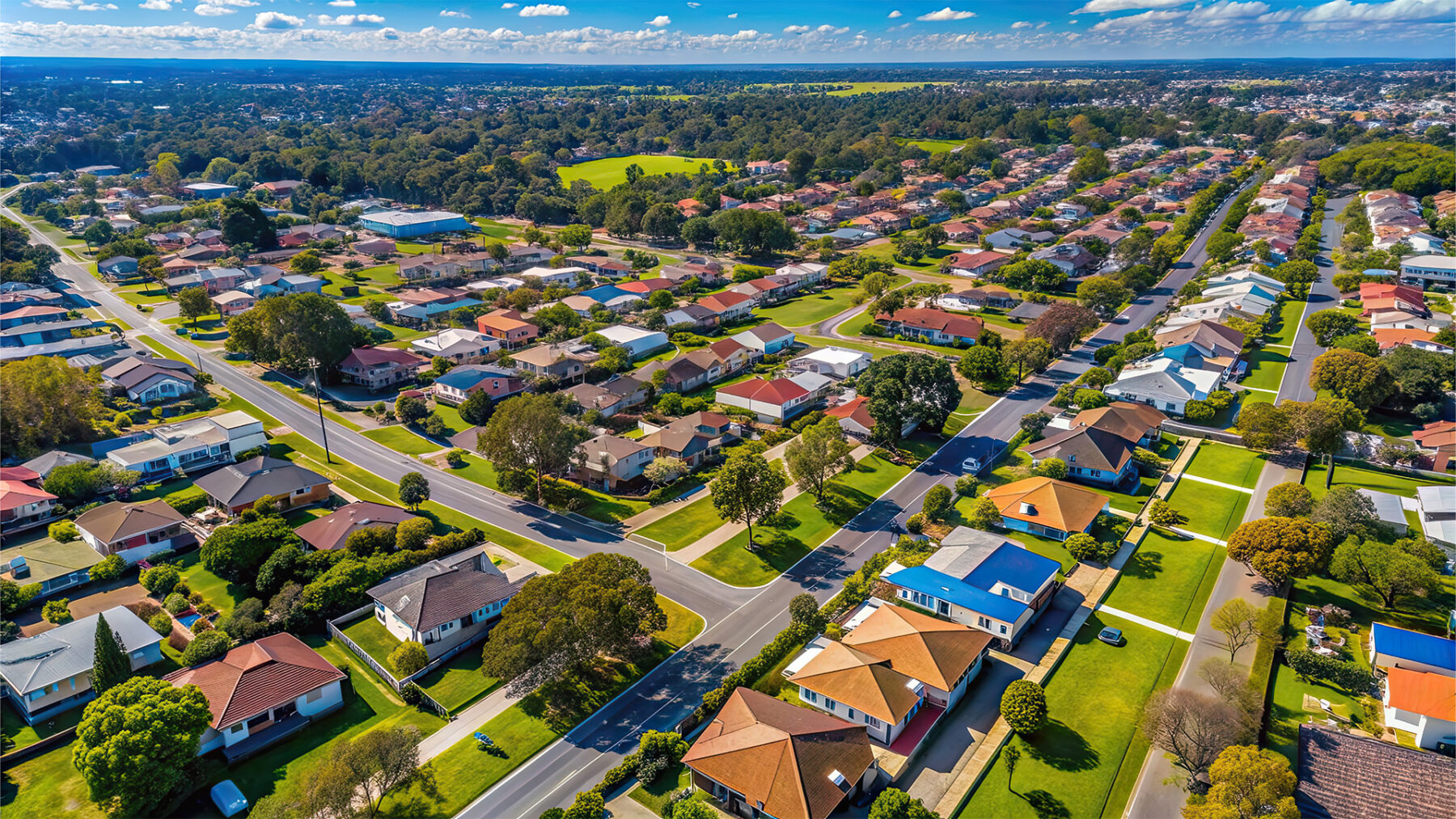
Australia’s housing market saw a shift in momentum over the March quarter 2025, with affordability showing its first signs of relief in over a year. According to the latest Real Estate Institute of Australia (REIA) Housing Affordability Report, the proportion of median family income needed to meet average loan repayments fell to 48.0%, improving by 2.0 percentage points over the quarter.
REIA President, Ms Leanne Pilkington, said the result marks “the greatest quarterly improvement in housing affordability since the March quarter 2016.”
“The report attributes this improvement to a combination of rising incomes and easing repayment levels. National median weekly family income increased by 1.1% over the quarter and 4.0% year-on-year, reaching $2,561. At the same time, average monthly loan repayments dropped by 2.9% to $5,323 – a result of both reduced interest rates and smaller loan amounts.
“All states and territories saw housing affordability gains, with the exception of the Northern Territory, where affordability slipped by 0.5 percentage points. Tasmania recorded the smallest improvement (0.1 percentage points), while New South Wales and the Australian Capital Territory led the way with a 3.0 percentage point gain,” Ms Pilkington said.
Rental affordability also nudged upward for the second straight quarter. The national proportion of income required to pay median rent decreased by 0.2 percentage points to 24.5%. New South Wales and Western Australia recorded the greatest improvements in rental affordability, while conditions deteriorated in Queensland, Tasmania, and the Northern Territory.
Despite the improvement, challenges remain.
“New South Wales continues to be the least affordable state or territory in which to rent,” noted Ms Pilkington.
“First home buyers remain active in the market, although numbers dipped in line with seasonal expectations. There were 26,091 new loan commitments during the March quarter, 15.9% lower than the previous quarter but 1.0% higher than a year ago. These buyers made up 35.7% of all owner-occupier dwelling loan commitments, holding steady over the quarter but down 1.1 percentage points annually.”
While the improvement offers welcome relief, Ms Pilkington said, “it’s too early to declare a full-scale recovery in affordability,” adding that sustained interest rate settings and wage growth will be key to maintaining this positive momentum.
With economic conditions easing and cost pressures beginning to stabilise, both aspiring homeowners and renters may find 2025 a more navigable path forward – for now.






